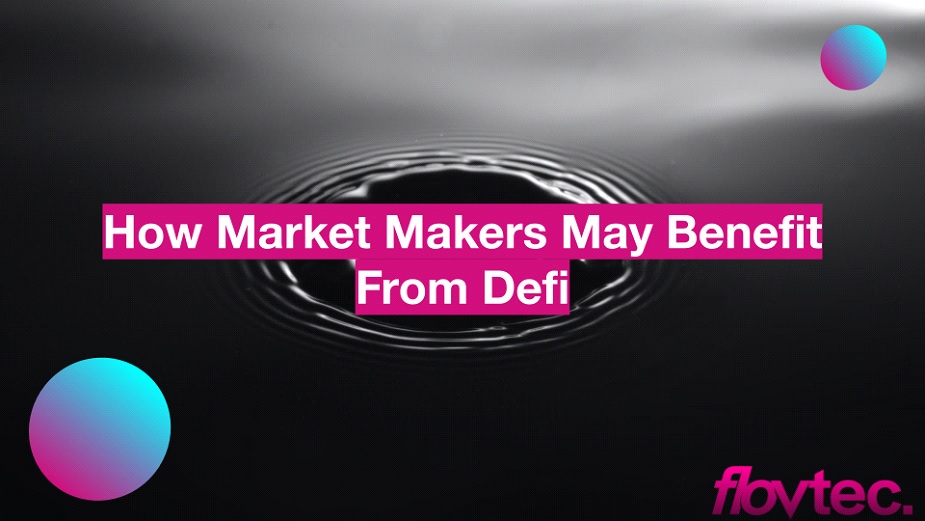
Managing risk is a key component of market making DeFi. Using a suite of supporting tools, a decentralised organisation can manage their affairs better and cheaper than their more centralized counterparts. Some of the best of these methods are the same as those used by traditional financial institutions. A market maker is a clever way of compensating for the inherent risks involved in holding assets. It allows investors to buy and sell the right amounts of a given asset at the right time.
The traditional market maker makes a name for itself by guaranteeing the purchase or sale of a security at a certain price. While the idea is simple enough, it is also not without its pitfalls. For example, a market maker may not be able to deliver on its promises. Also, a market maker may see its profits dwindle as the value of the security it holds declines between the purchase and sale. This is a problem that is only magnified by the tumultuous crypto space.
Automated Market Makers (AMMs) are a great way to improve the performance of existing decentralized exchanges. These systems utilize new technology to facilitate the automated matching of buyer and seller. As such, they are a must-have in any DeFi ecosystem. An AMM can entail any person, group or company. With some DeFi networks, this translates to governance tokens or compensation for those who choose to take the plunge.
One of the most important benefits of a decentralized finance solution is the ability to attract more liquidity providers. Traditional financial institutions generally rely on an array of middlemen to do a large proportion of the heavy lifting. To combat this, a decentralized financial solution should attract the best and the brightest. In addition, a decentralized finance platform will benefit from a more user-friendly UI and functional design.
The best AMMs are able to do much more than simply make a few swathes of change. For example, an AMM may be able to perform arbitrage by buying one of the many available cryptocurrencies and selling it in return for another. Depending on the requirements of the particular pool, this feat could entail the purchase of multiple cryptocurrencies in the form of BTC, LTC or ETH. Similarly, it could involve the purchase of a single cryptocurrency in the form of NXT or XRP. Regardless of the actual transaction, the AMM’s main goal is to provide the necessary liquidity to enable a market to function as a whole.
Despite the fact that the DeFi industry is only a few years old, there is still room for improvement. In the future, a more automated market maker will improve the functionality of existing decentralized exchanges while making the DeFi ecosystem more accessible to the mainstream investor. By providing a more liquid and user-friendly trading environment, the DeFi industry will be able to achieve its true potential. Ultimately, the market making efficiencies of an ad-hoc system are only as good as the decentralization efforts of those who put their money where their mouth is.
- SEO Powered Content & PR Distribution. Get Amplified Today.
- Platoblockchain. Web3 Metaverse Intelligence. Knowledge Amplified. Access Here.
- Source: Plato Data Intelligence: PlatoData.io



